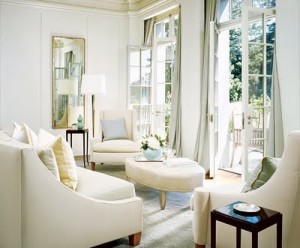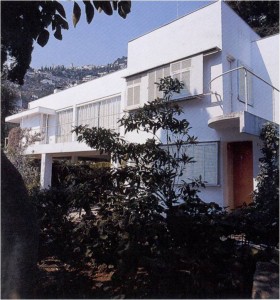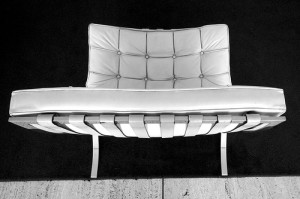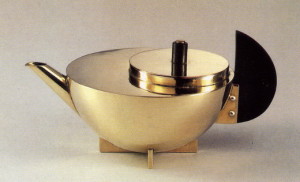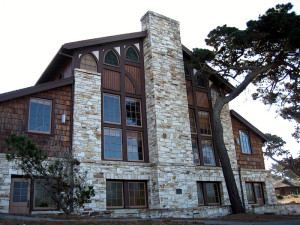
Merrill Hall, on the grounds of Asilomar Conference Center in Pacific Grove, was designed and constructed by architect Julia Morgan in 1928
I’m excited about my upcoming lecture on Early 20th-Century Women Designers on Saturday, June 7 at UCLA Extension. I will be talking about five extraordinary women, and thought I would whet your appetite a little with a few interesting tidbits about these oft-overlooked design talents.
For more information and registration, visit the following website.
You’ll learn the following – and much more – about these groundbreaking designers:
• Julia Morgan – best known for designing Hearst Castle – was the only woman to graduate with a degree in civil engineering from UC Berkeley in 1890. In addition, she was the first woman accepted into L’École des Beaux Arts in Paris, graduating in 1902 at the age of 29.
• Morgan designed approximately 700 buildings, most of which were built. Her commissions included residences, schools, churches, stores, hospitals, gymnasiums, theatres, and numerous YWCA facilities. She shunned publicity of any kind, and she never permitted signs bearing her name at construction sites.
• Her Asilomar Conference Center on the Monterey Peninsula is one of the two most profitable units in the California State Park system—the other being Hearst Castle.
• Elsie de Wolfe – who has been called the first lady of interior design – did not begin designing until she was 40. Before then, she had been a stage actress and later, during World War I, she served as a frontline nurse and was awarded the Croix de Guerre and the Legion of Honor.
• A lifelong proponent of exercising, she was celebrated in the lyrics of Cole Porter’s Anything Goes: “When you hear that Lady Mendl (de Wolfe) standing up now turns a handspring landing up on her toes, anything goes.”
• Eileen Gray came to architecture via painting and the decorative arts. Known for her stunning lacquer screens in her earlier career, she later made a big turn, designing the iconic modernist “Maison en bord de mer” (E1027), her first house, situated on a cliff edge overlooking the Mediterranean in the south of France.
• The Nazis destroyed the house but it is being restored by The Friends of E1027 and the Coastal Conservancy.
• The interiors of Lilly Reich, a German, have become the basis of the modern American corporate interior, demonstrating the power of richness with restraint.
• Marianne Brandt, also a German, was the only woman in the Bauhaus metal workshop and continually struggled for acceptance despite the school’s co-educational ideology.
• Though she created some of the most beautiful metal ware produced by the Bauhaus, her fellow male metalworkers gave her dull, repetitive work for a considerable amount of time before they accepted her.



